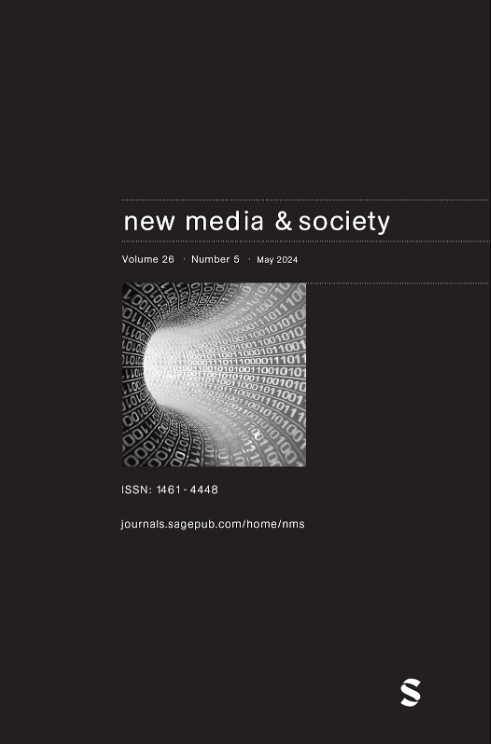超越不喜欢次数:YouTube 用户如何应对社交线索的可见性
IF 4.5
1区 文学
Q1 COMMUNICATION
引用次数: 0
摘要
本研究调查了 YouTube 2021 政策的影响,该政策隐藏了不喜欢次数并限制了一种负面的社会反馈形式。研究探讨了这一变化如何影响社交媒体的羊群行为--用户倾向于与大多数人的意见保持一致。我们采用了一种混合方法,结合模拟 YouTube 界面的在线实验和对真实用户反应的中断时间序列分析,来评估该政策如何影响用户参与。具体来说,我们研究了单边数字线索的缺失,以及内容特征和用户个人倾向对用户行为的影响。我们的研究结果表明,YouTube 提高平台积极性的举措成效有限:用户的反应更多地受到意识形态倾向的影响,而不是受到可见数字线索的影响;隐藏不喜欢的内容降低了评论频率,无意中增加了负面表达。这些结果凸显了意识形态信仰比社交线索在塑造参与度方面发挥了更大的作用,从而挑战了受众一致性和消极偏见对社交媒体动态的假定影响。本文章由计算机程序翻译,如有差异,请以英文原文为准。
Beyond dislike counts: How YouTube users react to the visibility of social cues
This study investigates the impact of YouTube’s 2021 policy, which hides dislike counts and limits a form of negative social feedback. It examines how this change affects social media herding behavior—the tendency of users to align with the majority opinion. We adopted a mixed-method approach, incorporating an online experiment that simulates the YouTube interface and an Interrupted Time Series analysis of real-world user reactions, to assess how the policy affects user engagement. Specifically, we looked at how the absence of one-sided digital cues, combined with content characteristics and individual user predispositions, influences user behavior. Our findings suggest that YouTube’s initiative to boost platform positivity had limited success: user responses were more influenced by their ideological leanings than by visible digital cues; Hiding dislikes reduced commenting frequencies and inadvertently increased negative expression. These results highlight the stronger role of ideological beliefs over social cues in shaping engagement, challenging the presumed impact of audience conformity and the negativity bias on social media dynamics.
求助全文
通过发布文献求助,成功后即可免费获取论文全文。
去求助
来源期刊

New Media & Society
COMMUNICATION-
CiteScore
12.70
自引率
8.00%
发文量
274
期刊介绍:
New Media & Society engages in critical discussions of the key issues arising from the scale and speed of new media development, drawing on a wide range of disciplinary perspectives and on both theoretical and empirical research. The journal includes contributions on: -the individual and the social, the cultural and the political dimensions of new media -the global and local dimensions of the relationship between media and social change -contemporary as well as historical developments -the implications and impacts of, as well as the determinants and obstacles to, media change the relationship between theory, policy and practice.
 求助内容:
求助内容: 应助结果提醒方式:
应助结果提醒方式:


